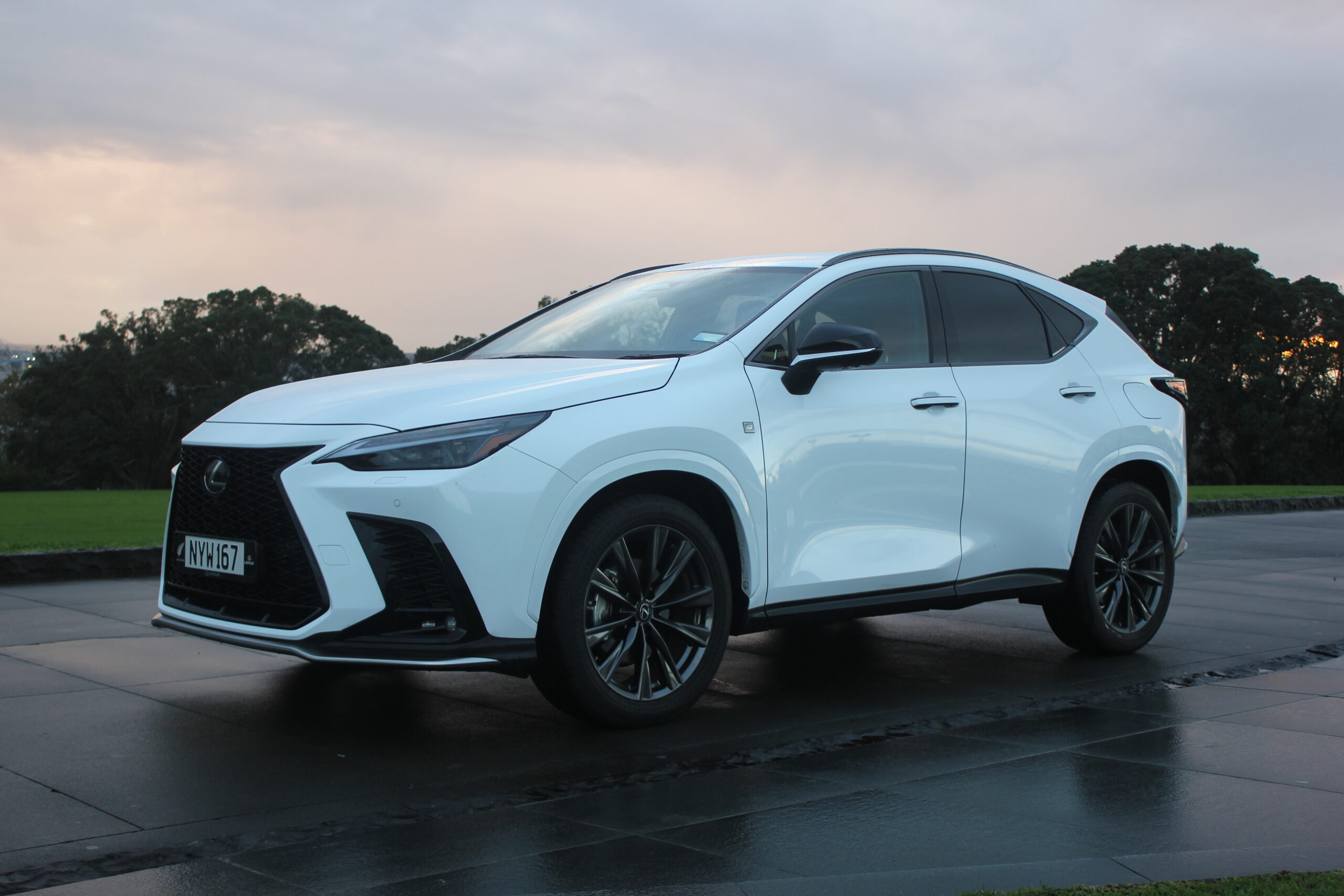Government-funded future energy centre Ara Ake is working with major road freight and transport companies to help them better assess the options and costs for decarbonising their fleet

It is partnering with H.W. Richardson Group (HWR) and Freightways to assess the total cost of ownership of different low emissions fleet options with work to be carried out by Auckland University of Technology (AUT) using the publicly available total cost of ownership (TCO) tool developed by Ara Ake.
Ara Ake chief executive Dr Cristiano Marantes says the tool enables the comparison between vehicles powered by fuel cells (green hydrogen), battery, drop-in and conventional biodiesels, standard diesel internal combustion engine vehicles, and the most recently added diesel/hydrogen blended fuel.
The tool incorporates a set of inbuilt assumptions based on publicly available information such as vehicle capital costs, the cost of various fuels including electricity, the loads the vehicles carry, driver wages, maintenance, and road user charges.
The AUT team will support HWR and Freightways to gather and input their own data into the tool.
“This tool will enable transport companies to make more informed decisions when purchasing or leasing their vehicles, and we see it supporting a hard-to-abate sector in making long-term progress in their decarbonisation goals,” Marantes says.
Ara Ake, formerly known as the National New Energy Development Centre, was launched by the Government in July 2020 with $27 million in funding behind it. Its aim is to lead the development of new clean energy technologies and work with businesses to commercialise innovations creating high-paying local jobs.
Venture Taranaki, the region’s economic development agency, was given responsibility for setting it up.
Energy and resources minister Dr Megan Woods says the total cost of ownership tool is about using an evidence-based approach that we will “prepare New Zealand for the future and best position New Zealand globally”.
Freightways’ fleet is predominantly powered by diesel, and AUT will be using their data to ensure the tool is kept relevant to the New Zealand market.
“We are looking forward to using this tool, as it is very useful to determine our best emissions reduction pathways for our heavy vehicle fleets and enhance strategic business decisions,” Freightways safety general manager Michael Claydon says.
Meanwhile, Invercargill-based H.W. Richardson Group has been leading a project to introduce a blended diesel/hydrogen fuel option to its fleet.
A normal internal combustion engine diesel truck can be retrofitted to enable hydrogen to be blended in the combustion chamber. HWR plans to have 10 dual-fuel trucks on New Zealand roads by the second quarter of 2023.
“The TCO tool will prove very valuable when making decisions on future transport assets,” HWR group chief executive Anthony Jones says.
“It is great to see a dual-fuel such as the blended diesel/hydrogen option that we’re going to be using, included in the tool, and to have the ability to compare it to other fuels,” he says.
*Click here for the updated and third version of the tool.








